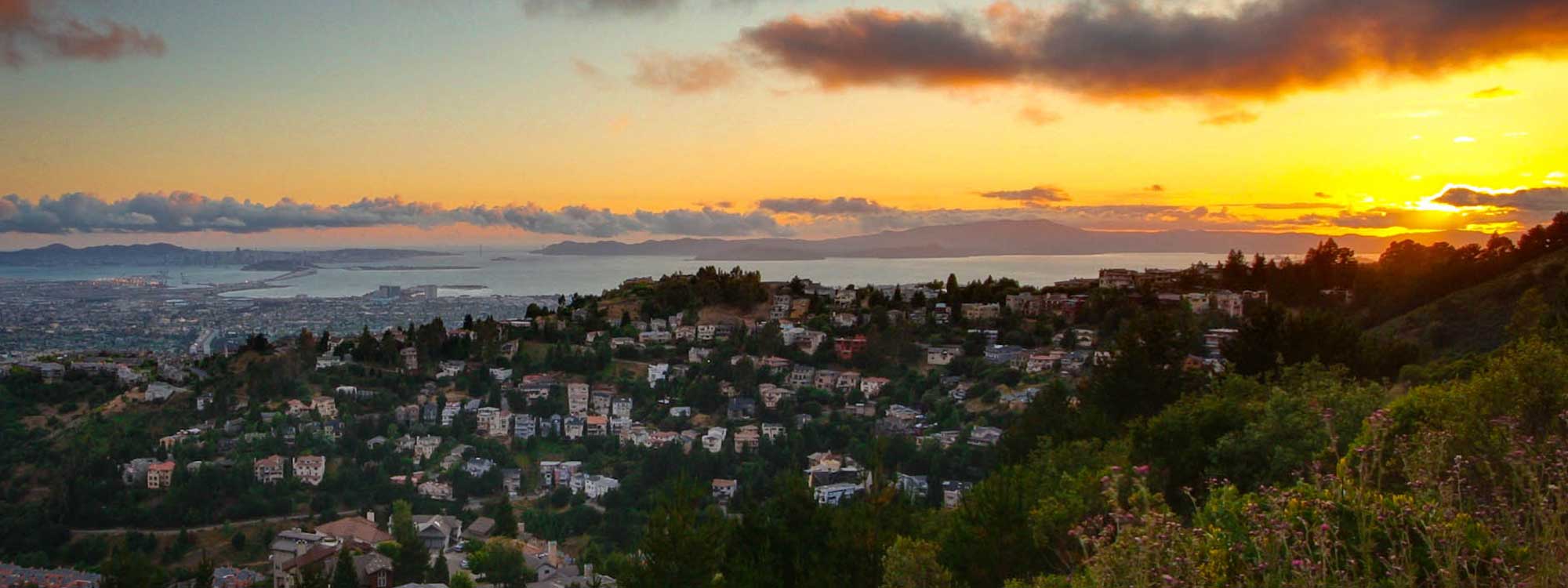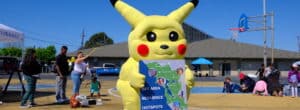The draft of Plan Bay Area 2040 has just hit the streets. We’re excited that the new plan calls for guiding growth in ways that help our cities and towns become more sustainable, equitable, and economically prosperous and protects our iconic natural and agricultural lands from sprawl development. Now it’s time to make some refinements to the draft and get to work implementing its best components.
A Plan Built on a Strong Foundation
Plan Bay Area, adopted in 2013 by the Association of Bay Area Governments (ABAG) and the Metropolitan Transportation Commission (MTC), lays out a groundbreaking vision for how the Bay Area should grow, guiding development into our cities and towns instead of sprawling outward—with all of the next generation of growth focused inside of our urban growth boundaries. That approach brings a host of benefits, from safeguarding our drinking water supplies to reducing long, grueling commutes to providing homes with better access to jobs and amenities for residents across the income spectrum.
The plan must be updated every four years and the release of this draft plan, called “Plan Bay Area 2040,” marks the final stretch in the update process.
What We’re Excited About
The draft Plan Bay Area 2040 wisely maintains a focus on guiding growth near jobs and transit, rather than sprawling outward. The draft plan continues the “no sprawl” vision of the original Plan Bay Area, once again guiding all growth inside local growth boundaries. Additionally, more than three-quarters of new homes (77%) and more than half of all new jobs (55%) are focused within Priority Development Areas—infill areas near transit—to foster thriving walkable neighborhoods for all.
The plan calls for stronger regional and local actions to provide more homes for people across the income spectrum…
A rousing “call to action” about the housing affordability and displacement crisis is in the plan, noting that the lack of homes that people can afford near job centers is pushing far too many Bay Area families to financial and emotional breaking points and increasing sprawl development pressure at the edges of the region. The plan calls for stronger regional and local actions to provide more homes for people across the income spectrum near jobs and transit to make our region more affordable and sustainable. It also highlights several new regional initiatives that could make a difference.
Furthermore, the draft plan puts a spotlight on resilience to help the Bay Area tackle the impacts of climate change, as well as fires, floods, and other hazards. In particular, it calls for making our region more resilient by expanding the Bay Area’s network of “natural infrastructure,” protecting natural lands that “reduce flood risk, strengthen biodiversity, enhance air quality, and improve access to urban and rural public space.”
What We’re Concerned About
There are shortcomings as well. In particular, the draft plan falls short on key housing affordability metrics. While the plan’s vision for future growth incorporates a number of affordability strategies that help to “bend the curve” away from business-as-usual trends, the region is still expected to face significant affordability challenges, especially for low-income residents. That means that there’s tremendous work ahead to foster a more inclusive and sustainable region.
…if you don’t know where you’re going, you might end up someplace else.
We’re also concerned about the lack of specificity in some parts of the plan. In particular, MTC and ABAG have prepared a draft “Action Plan” chapter to address some of the region’s most pressing issues. Unfortunately, most of that chapter doesn’t yet include enough clarity about what the agencies expect to achieve over the next few years. That leaves open the possibility that the agencies’ actions will fall short of what’s needed or fail to take an integrated, holistic approach to solving our region’s interrelated growth challenges. For example, will MTC’s proposed new bridge toll increase, called RM3, integrate protections for open space and help foster new infill homes for people across the income spectrum? Will MTC expand its successful Priority Conservation Area (PCA) grant program and help develop a regional funding strategy to close regional funding gaps for affordable homes and open space? In the words of Yogi Berra, “if you don’t know where you’re going, you might end up someplace else.”
We’re now urging MTC and ABAG to refine the draft plan to include more specificity about how they’re going to tackle housing affordability in an equitable and sustainable manner and how they’re going to make and measure progress toward their goals for the protection of our natural and agricultural lands.
What’s Next
Over the coming two months, MTC and ABAG will be hosting public workshops in all nine Bay Area counties to gather input on the draft plan. We’ll be at each workshop to share our views about the plan and we encourage you to join us.
The final plan is expected to be adopted in summer or early fall of this year.
More resources
Draft Plan Bay Area 2040 Released; Public Invited to Comment Online or at Open Houses
Photo: Joe Parks via Flickr



